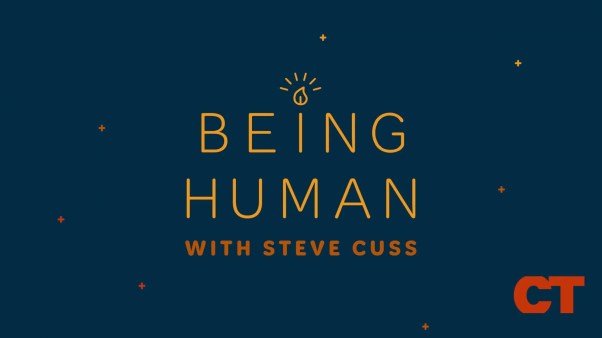If you have a child—or are on Facebook—you know how stunning ultrasound images are. In the 1950s, Ian Donald, a professor of midwifery in Scotland, took the "echo-sounding" used in Glasgow shipyards for metal inspection and began applying it to OB/GYN settings. Because of the progress spurred by Donald, a Christian who opposed abortion, we now know with startling precision how babies develop in the womb.
At week 20, for example, an unborn baby is about the length of a banana. He has a face and sexual organs. He has eyebrows. He is about halfway through his journey into the world. And, if his life is tragically ended by abortion, he experiences intense pain.
This last claim is the lynchpin on which a host of new, successful state restrictions on abortion hinge. In 2010, Nebraska became the first to ban nonemergency abortions after 20 weeks, based on research indicating that's when fetuses start to feel pain. Since then, 12 other states have followed suit. In November, South Carolina Republican Lindsey Graham introduced the Pain Capable Unborn Child Protection Act in the Senate, a companion to the bill that successfully passed in the House. "Not since Congress voted to ban the brutal partial-birth abortion method has a more important piece of pro-life legislation come before Congress," said Susan Muskett of the National Right to Life Committee (NRLC).
So far, fetal pain bills are promising incremental steps in a post–Roe v. Wade landscape. A spate of 2013 polls showed that a plurality of Americans, including pro-choice ones, support a 20-week abortion ban. Where the question, "When does human personhood begin?" gets mired in competing religious and philosophical claims, pain is straightforward: It is bad. If we have a bone of compassion, instinctively we want to stop it in others.
Unfortunately, the science surrounding fetal pain is murkier than the NRLC and other pro-life groups suggest. Kanwaljeet Anand, a pediatrician who introduced newborn surgery anesthesia in the 1980s, has testified in court and published papers suggesting that at 20 weeks, unborn babies have the brain receptors to feel pain. But a comprehensive Journal of the American Medical Association review from 2005 states that pain isn't possible until about 30 weeks. At that stage, abortion is illegal in most states anyway. Pro-life and pro-choice voices bandy about both studies to show that science is on their side.
If we have any historical memory, we know science is a fickle handmaiden. About a century ago, universities and government bodies were investing in research to create a better, stronger human race. Supposedly solid genetic and evolutionary science "proved" that racial minorities, people with low IQs, and the poor were diluting the gene pool and needed to be dealt with, often by forced sterilization and abortion.
It is wise to recount the history of eugenics, because it shows how quickly scientific consensus can change—even in a decade or two. We don't wish this to be true, but research may soon confirm that unborn babies can't experience pain until much later in development. Meanwhile, abortion providers could find ways to perform "pain-free" abortions. Of course, in these cases we would still vehemently oppose the abortion, because we believe it takes a life, not just a life that feels pain.
While the medical jury is still out, the pro-life movement must continue to wield philosophy, law, religion, and history to argue the personhood of the unborn child. In the past century, Judeo-Christian teachings on human dignity have given legs to everything from abolition to women's suffrage to educating persons with disabilities. Those teachings are a superior resource in a pluralistic culture in which human rights hold strong rhetorical sway. As political columnist Kirsten Powers wrote this summer, "Human-rights movements have traditionally existed to help the voiceless. … Yet in the case of abortion, the voiceless have progressively lost rights." This January, on the anniversary of Roe v. Wade, hundreds of thousands of Americans will attend the March for Life in Washington, D.C., to defend those very rights.
Science is a conditional, not ultimate, good. An example that takes us back to Donald: Ultrasounds have convinced many abortion doctors and pregnant women that an unborn child is really a person. But in a terrible irony, they have also convinced many would-be parents to abort children with Down syndrome and congenital disorders. Ultrasound images can lead to good or evil. It's up to pro-life voices to teach people what—or who—they are really seeing when they look at one.
Katelyn Beaty is CT managing editor.









